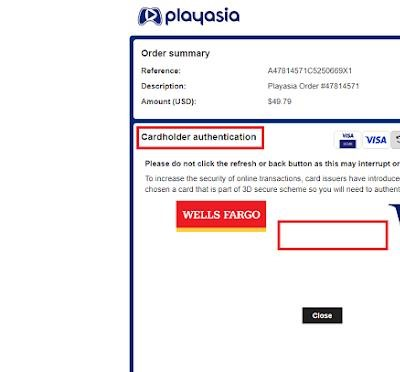In today’s digital age, online banking offers unparalleled convenience. However, this convenience comes with inherent risks. Protecting your financial well-being requires proactive measures to safeguard your online banking accounts from the ever-evolving landscape of cyber threats. This guide outlines essential cybersecurity best practices to ensure secure online banking and protect online banking accounts from fraud and data breaches.
Understanding the Risks
Before delving into protective measures, it’s crucial to understand the potential threats you face. Online banking security is constantly challenged by:
- Phishing scams: These deceptive emails or text messages mimic legitimate bank communications, aiming to steal your login credentials.
- Malware: Malicious software can infect your devices, secretly recording keystrokes (including your banking passwords) and transferring your data to criminals.
- Data breaches: Large-scale attacks on banks or other organizations can expose your personal and financial information.
- Identity theft: Criminals can use stolen information to open fraudulent accounts or make unauthorized transactions, leading to significant financial fraud.
Essential Security Measures for Secure Online Banking
Implementing the following measures significantly strengthens your internet banking security and bank cybersecurity posture:
1. Strong Password Management
Employ strong, unique passwords for all your online accounts, including your bank. Avoid easily guessable passwords and consider using a password manager to generate and securely store complex passwords. Regularly update your passwords to further enhance online banking fraud prevention.
2. Two-Factor Authentication (2FA)
Enable 2FA whenever possible. This adds an extra layer of security by requiring a second form of verification (like a code sent to your phone) in addition to your password. 2FA is a cornerstone of secure transactions and transaction security.
3. Malware Protection
Install and regularly update reputable antivirus software and a firewall on all your devices. These tools provide crucial malware protection against viruses, spyware, and other malicious programs that can compromise your online banking security.
4. Secure Websites
Always verify that you’re accessing your bank’s website through a secure connection. Look for «HTTPS» in the address bar and a padlock icon. Using secure websites is fundamental to financial cybersecurity.
5. Data Encryption
Ensure your bank utilizes robust data encryption to protect your information during transmission and storage. This protects your sensitive data from unauthorized access.
6. VPN Usage
Consider using a VPN (Virtual Private Network) when accessing your bank account on public Wi-Fi networks. A VPN encrypts your internet traffic, adding an extra layer of security and enhancing your overall digital security.
7. Regular Security Software Updates
Keep your operating system, browser, and all security software updated. These updates often include security patches that address known vulnerabilities, protecting you from emerging cyber threats.
8. Secure Your Devices
Protect your computers, smartphones, and tablets with strong passwords or biometric authentication. Regularly back up your data to prevent data loss in case of a device compromise.
9. Be Vigilant Against Phishing
Never click on links or open attachments from suspicious emails or texts. Always verify the sender’s identity before providing any personal or financial information. Being aware of phishing scams is crucial for online banking fraud prevention.
10; Report Suspicious Activity
Report any suspicious activity to your bank immediately. Prompt reporting is key to minimizing potential losses from data breaches and identity theft.
Protecting your online banking accounts requires a multi-layered approach. By diligently implementing these cybersecurity best practices, you significantly reduce your risk of falling victim to financial fraud and other online threats. Remember, vigilance and proactive security measures are the cornerstones of secure online banking.
